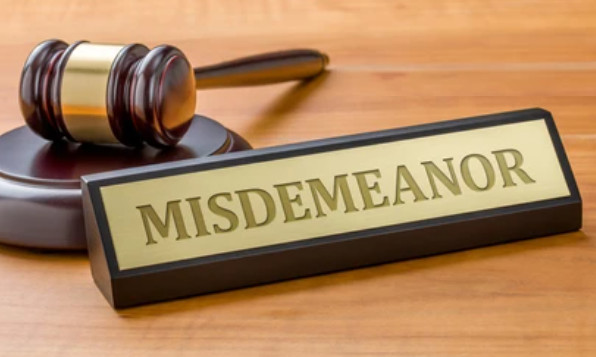

- Ref # CAB00139
- March 01, 2022
“Stale or Cold Misdemeanor Rule – A Fossil”
"FROM THE CLASSROOM" by Ray Hill, Professor Emeritus, Santa Rosa Junior College
Ray Hill is a retired Police Lieutenant and Professor Emeritus at Santa Rosa Junior College. He has taught in the POST Basic Academy and Advanced Officer Training for 45 years.
“Stale or Cold Misdemeanor Rule – A Fossil”
It originated in 1907. The rule hasn’t been interpreted or followed by a case decision for over 70 years. It still hangs around in the P.O.S.T. Basic Law Enforcement Course curriculum. I teach it so students don’t fail a comprehensive exam question. Then I spend equal time explaining the rule as it applies in the real world of 2022 street work. It’s called the “Stale or Cold Misdemeanor Rule”.
This case law rule states if a misdemeanor is committed in an officer’s or deputy’s presence, and the suspect manages to elude capture within a reasonable time thereafter, in essence the suspect reaches “arrest safe haven”. If the suspect is observed the following day, even if there was probable cause to arrest yesterday, and there is still probable cause to arrest today, an arrest cannot take place. Reasonable time thereafter (contemporaneous) is interpreted in these older (ancient ) cases as continuous ....







